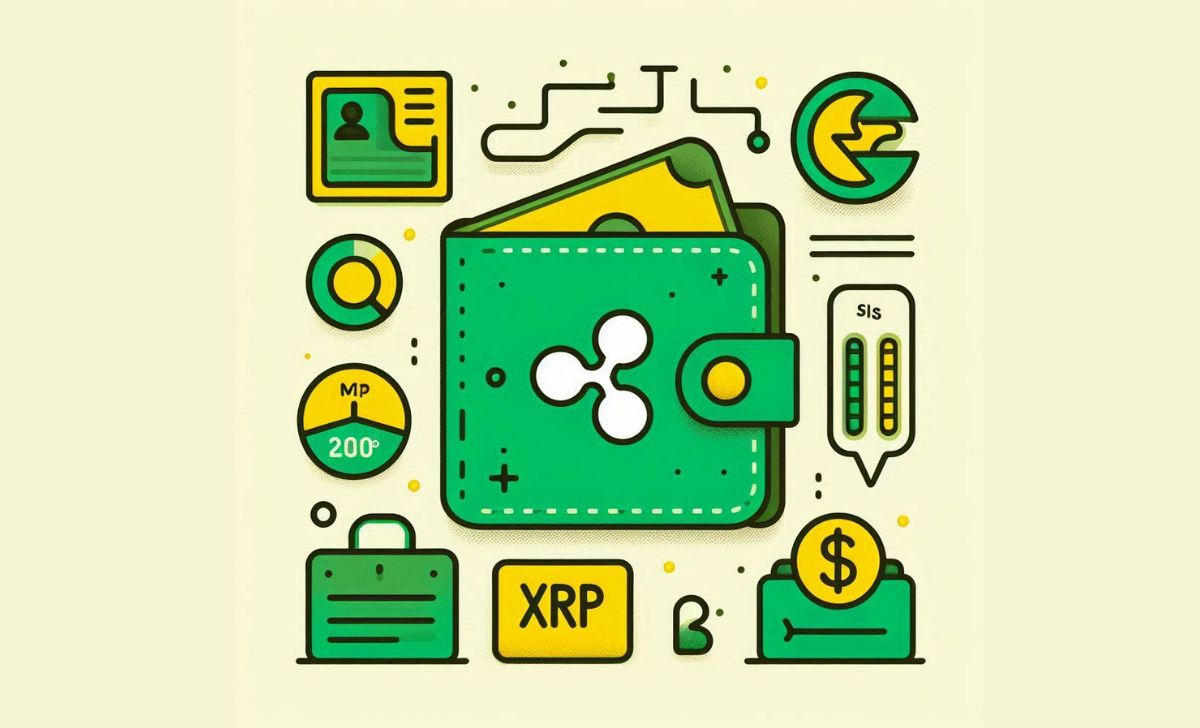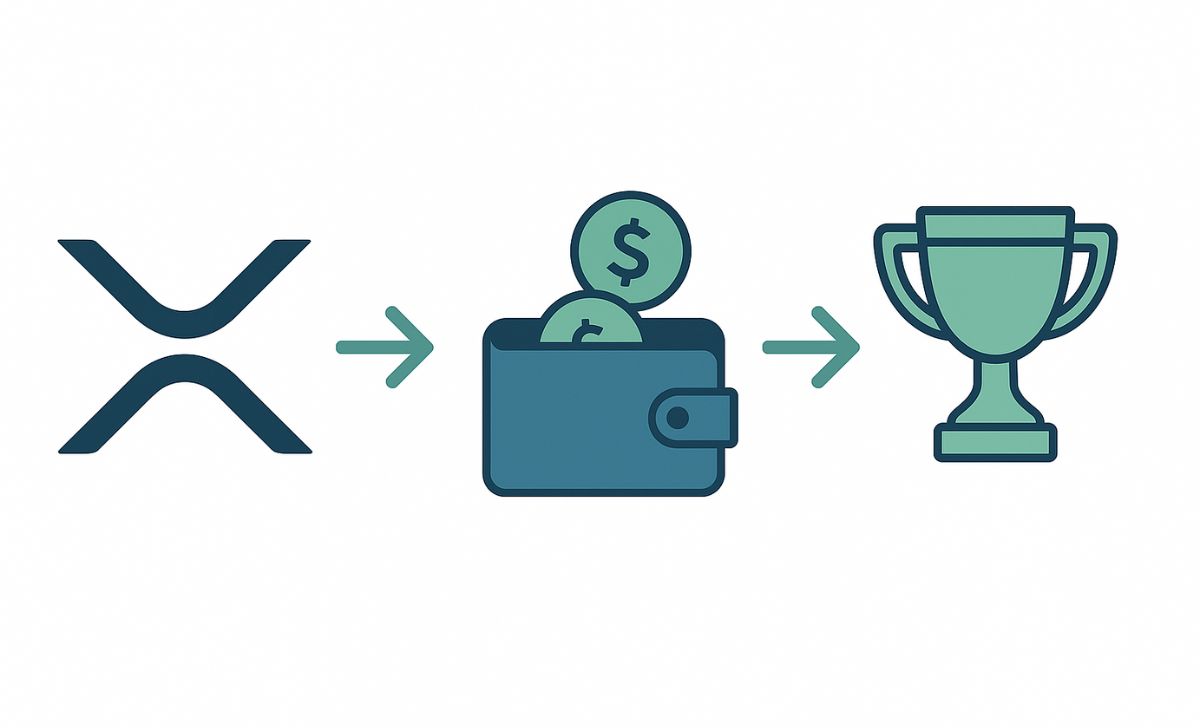XRP staking is a method where users deposit their XRP on supported platforms to earn passive rewards, helping maximize returns from their assets without the need for constant trading. With XRP staking, you can access competitive interest rates, high security, flexible lock-up periods, and increase your asset value through regular staking rewards.
This article provides essential information about XRP staking, highlights key features and practical benefits, and offers a detailed guide on how to stake XRP safely and effectively. If you’re looking to optimize your XRP earnings and stay updated with the latest staking trends, don’t miss the in-depth analysis from TOPCOIN9 in the sections below.
Key Info about XRP Staking

XRP staking does not exist natively on the XRP Ledger (XRPL), as the network uses a consensus protocol rather than Proof-of-Stake, so there are no validator rewards or on-chain staking mechanisms (Wikipedia, 2025; Datawallet, 2025). Instead, “staking” XRP typically refers to earning yield through third-party platforms, such as centralized exchanges or lending services, which offer financial products that pay rewards for locking or lending XRP (Publish0x, 2025).
Common methods for earning yield on XRP include flexible or fixed-term earn programs on exchanges like Binance, lending XRP on platforms such as Nexo or YouHodler, participating in dual investment products or interest-bearing pools, and exploring decentralized platforms like Trader Joe Exchange (Datawallet, 2025; Publish0x, 2025). APY rates vary widely depending on the provider and product, ranging from around 0.5% on flexible savings to over 100% on certain dual investment offerings (Datawallet, 2025; Publish0x, 2025).
It is important to note that these services do not secure the XRPL and carry risks associated with centralized or third-party platforms, including counterparty risk and market volatility (Datawallet, 2025). Always research the platform and understand the terms before participating in any XRP “staking” program.
Now that you have a clear understanding of what XRP staking means and how it differs from traditional staking, let’s explore the main features of XRP staking programs offered by various platforms.
Features of XRP Staking

XRP staking typically refers to earning yield by locking XRP on third-party platforms, as the XRP Ledger does not support native staking due to its consensus protocol (Wikipedia, 2025; Datawallet, 2025).
Key features include:
- Centralized Earn Programs: Most XRP staking is offered by centralized exchanges like Binance, Kraken, or Nexo, where users lock XRP for a fixed or flexible term and receive predictable yields—ranging from about 0.5% to over 100% APY depending on the product and risk level (Datawallet, 2025).
- Flexible and Fixed Terms: Platforms provide both flexible (withdraw anytime, lower rates) and fixed (higher rates, set lock-up period) options, allowing users to choose based on their risk appetite and liquidity needs (NFTevening, 2025).
- Daily or End-of-Term Payouts: Rewards are typically paid in XRP, distributed either daily for flexible products or at the end of the lock-up period for fixed-term programs (Datawallet, 2025).
- No Network Participation Needed: Users do not need to run validator nodes or participate in network consensus, making XRP staking accessible and user-friendly (Wikipedia, 2025).
- Additional Earning Methods: Some platforms offer high-yield products like dual investment or allow lending wrapped XRP, further expanding earning opportunities (Datawallet, 2025).
- Risks: These include platform insolvency, counterparty risk, and market volatility, as funds are entrusted to third-party custodians rather than secured by the XRP Ledger itself (NFTevening, 2025; Datawallet, 2025).
In summary, XRP staking is a platform-based financial product, offering flexible rewards but carrying risks distinct from traditional on-chain staking (Wikipedia, 2025; Datawallet, 2025; NFTevening, 2025).
After reviewing the key features, it’s important to consider the benefits that XRP staking or more accurately, XRP lending and yield programs can bring to your investment strategy.
Benefits of XRP Staking

XRP staking though not native to the XRP Ledger offers several advantages for holders seeking passive income through third-party platforms and centralized exchanges (Wikipedia, 2025).
- Passive Income: Users can earn regular rewards on idle XRP holdings without selling their assets, making it an attractive option for long-term holders (Wikipedia, 2025).
- Flexible Options: Many platforms provide both flexible and fixed-term staking products, allowing users to choose based on their liquidity needs and risk tolerance (Wikipedia, 2025).
- No Technical Barriers: Unlike traditional Proof-of-Stake networks, XRP staking does not require running validator nodes or technical expertise, making it accessible to all users (Wikipedia, 2025).
- Portfolio Diversification: Staking XRP alongside other assets can help diversify income streams and overall portfolio risk. Users can easily manage and diversify assets through a multi-functional crypto wallet that integrates multiple coins and staking services.
- Easy Participation: Centralized platforms offer user-friendly interfaces and straightforward processes for staking, monitoring, and withdrawing rewards (Wikipedia, 2025).
While XRP staking provides passive income and convenience, users should always consider the associated risks of third-party custodianship and market volatility (Wikipedia, 2025).
With these advantages in mind, let’s move on to the practical steps and best practices for how to stake XRP and start earning passive income.
How to Stake XRP

Staking XRP is not supported natively on the XRP Ledger, as XRPL uses a unique consensus protocol rather than Proof-of-Stake, so “staking” XRP means earning yield through third-party platforms such as centralized exchanges or DeFi services (Wikipedia, 2025; Datawallet, 2025).
To stake XRP and earn rewards, follow these steps:
- Choose a reputable platform: Select a centralized exchange or platform that offers XRP staking or yield programs, such as Binance, Bit2Me, or Nexo (Datawallet, 2025).
- Create and verify your account: Register and complete any required KYC verification to access staking features.
- Deposit or purchase XRP: Transfer XRP to your chosen platform’s wallet or buy XRP directly on the platform.
- Navigate to staking or earn section: Find the “Earn,” “Staking,” or “Savings” section and select XRP from the available options (Datawallet, 2025).
- Select staking terms: Choose between flexible or fixed-term products, review APY rates, and confirm the amount of XRP to lock.
- Confirm and monitor: Complete the process and monitor your rewards, which may be paid daily, weekly, or at the end of the lock-up period (Datawallet, 2025).
Always review the platform’s terms, risks, and withdrawal conditions before participating, as these services do not secure the XRP Ledger and carry counterparty risk (Wikipedia, 2025; Datawallet, 2025).
In summary, XRP staking allows holders to earn passive income by locking XRP on third-party platforms, since native staking is not supported on the XRP Ledger. This method is simple and accessible, but users should be aware of risks like platform insolvency and market volatility. For more reliable guides and up-to-date crypto insights, follow TOPCOIN9.

As a certified blockchain security expert with over 8 years in cybersecurity, James Anderson specializes in auditing smart contracts and identifying vulnerabilities in DeFi protocols. His expertise ensures that TopCoin9 delivers reliable insights on blockchain security and risk management.
Email: [email protected]












